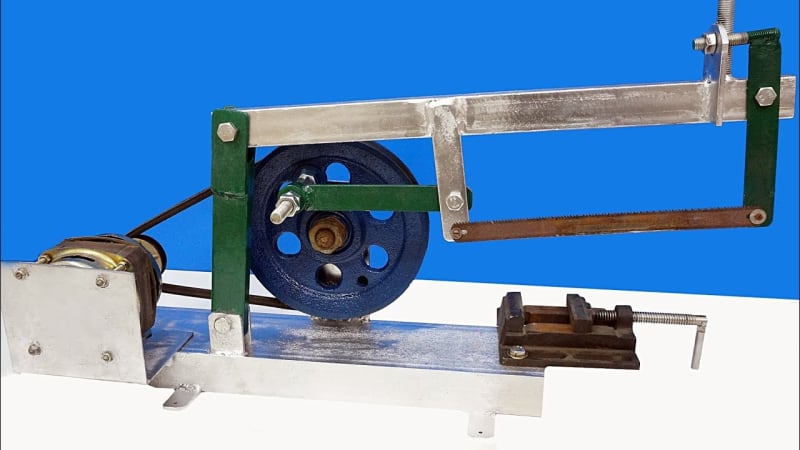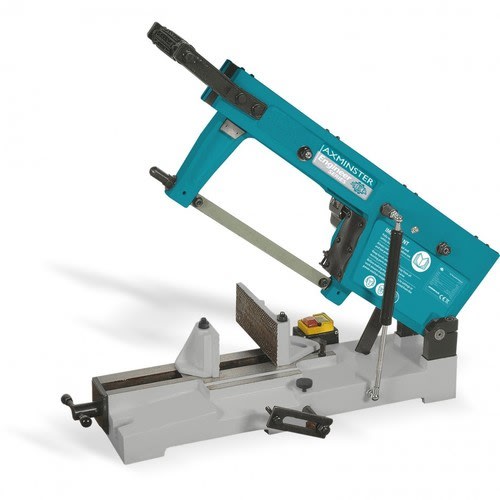piedog
Mechanical
- Nov 27, 2019
- 5
Hi all,
I work for a bikelock company and have been given a project to make a hacksaw machine. I am essentially copying the machine found in this video, skip to 1 minute and 17 seconds.
I have settled upon a 0.75kw three phase motor using a single to three phase inverter, allowing the speed to be adjusted between around 100 and 50rpm. What I cannot figure out is how much torque will be required, and therefore I do not know which motor to choose. From my own research it appears that 4 pole motor will be best, but does anybody know a way of calculating this to a reasonable accuracy so I can be sure, or is it is just obvious that one of these options is best?
Toque values
0.75kw 2 pole motor = 2.52Nm at 50Hz
0.75kw 4 pole motor = 5.08Nm at 50Hz
0.75kw 6 pole motor = 7.66Nm at 50 Hz
Thanks for reading and it will be great if anyone can help me.
Tom
I work for a bikelock company and have been given a project to make a hacksaw machine. I am essentially copying the machine found in this video, skip to 1 minute and 17 seconds.
I have settled upon a 0.75kw three phase motor using a single to three phase inverter, allowing the speed to be adjusted between around 100 and 50rpm. What I cannot figure out is how much torque will be required, and therefore I do not know which motor to choose. From my own research it appears that 4 pole motor will be best, but does anybody know a way of calculating this to a reasonable accuracy so I can be sure, or is it is just obvious that one of these options is best?
Toque values
0.75kw 2 pole motor = 2.52Nm at 50Hz
0.75kw 4 pole motor = 5.08Nm at 50Hz
0.75kw 6 pole motor = 7.66Nm at 50 Hz
Thanks for reading and it will be great if anyone can help me.
Tom


